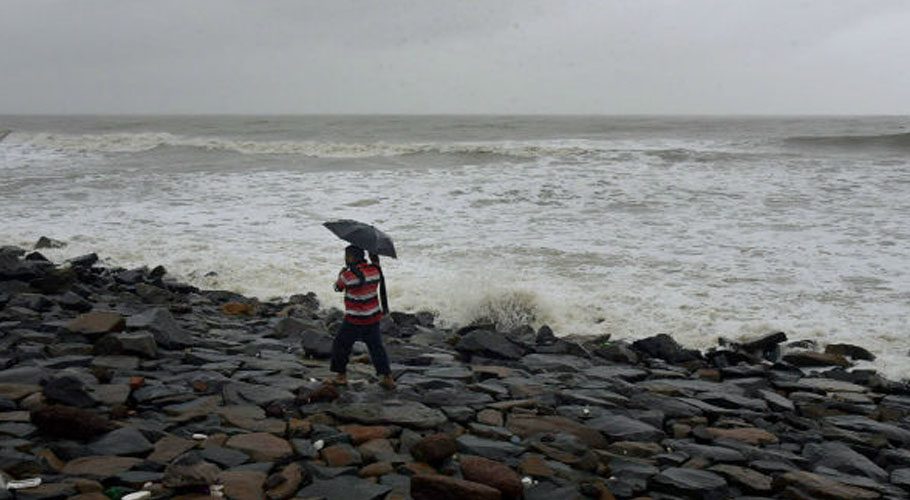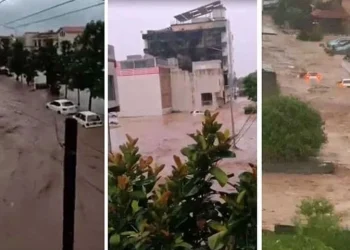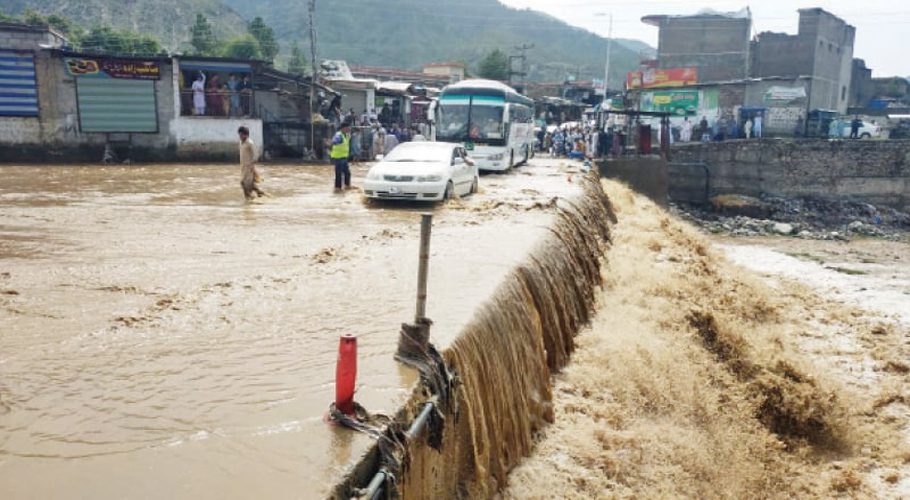A cyclone named Biparjoy, which means ‘disaster’ or ‘calamity’, has developed in the Arabian Sea yesterday, and Pakistan is on high alert.
Since we all know that Karachi serves as a transport hub of the Arabian Sea so is it possible that the cyclone can impact the city?
Tropical cyclones
Tropical cyclones are intense low-pressure systems characterised by powerful winds near their centre. These winds can extend for hundreds of kilometres, leading to heavy rainfall, flooding, and extensive damage to property and infrastructure.
Biparjoy cyclone
A cyclonic storm, named Biparjoy, has developed in the Arabian Sea. The cyclone is predicted to gain strength over the next three days and develop into a very severe cyclonic storm by June 13.
Who named it?
‘Biparjoy’ was suggested by Bangladesh and the word means disaster or ‘calamity’ in Bengali. The naming of cyclones is done by countries on a rotational basis, following certain existing guidelines.
Which country is at risk?
It is not 100 percent predicted yet but countries adjoining the Arabian Sea such as India, Oman, Iran, and Pakistan are at higher risk.
Where is it stationed?
The cyclone lies near Latitude 12.3°N & Longitude 66.0°E about 1420km south of Karachi. Maximum sustained surface winds are 60-70 km/hour gust 80 km/hour around the system center.
Can it damage Karachi?
A cyclonic circulation is likely to develop in the Arabian Sea due to a low-pressure system present in the sea which is expected to affect Pakistan’s coastal belt including Karachi.
Currently, none of Pakistan’s coastal areas is under any threat. The low-pressure system can intensify and turn into a cyclone between June 10 and 11, posing a possible threat to the coastal belt of Sindh, Balochistan, Gujarat (India), and Oman.
Cyclones and Arabian sea
Formation of cyclones in the Arabian Sea is not a rare occurrence as such a situation arises almost every year and sometimes multiple times in a year.
The past cyclones have not directly hit Pakistan and caused damage in recent years as they lose intensity by the time they reach the coast.




































